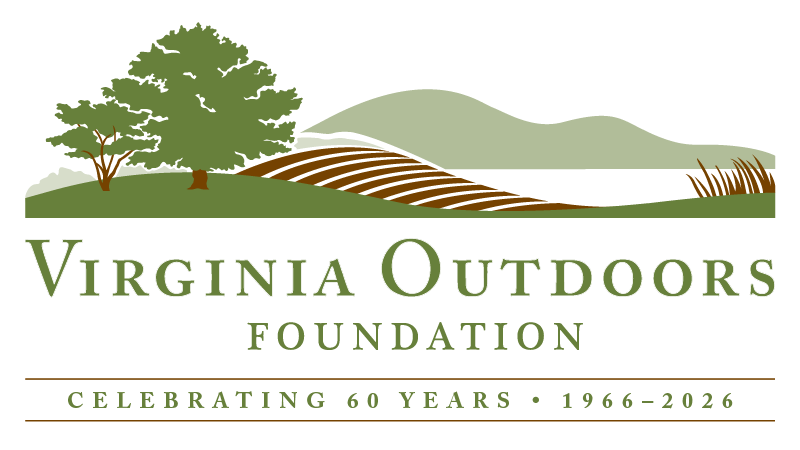Board of Trustees
The VOF Board of Trustees will meet to discuss and take action on projects, policies, and related matters. This is a public meeting. If you would like to submit written public comments for anything related to this meeting, please use our online form, email them to comments@vofonline.org or mail them to our Warrenton office. Please include your …
